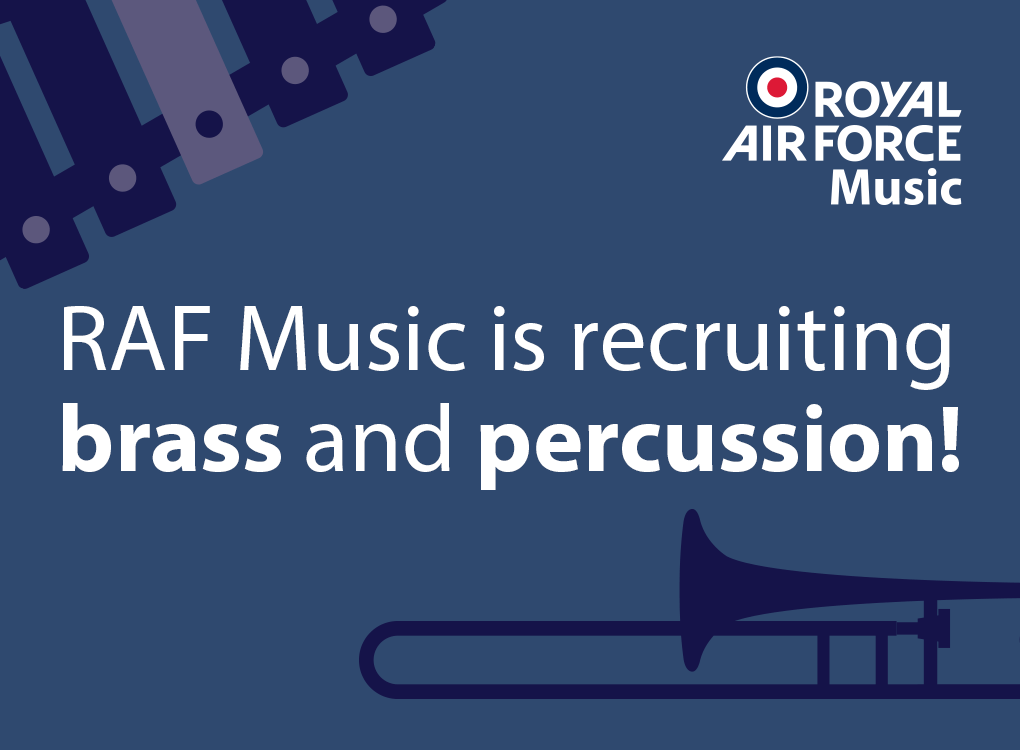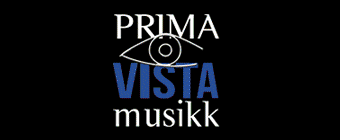The whole of the brass band moment — both religious and secular, has been mourning the death of composer Lieutenant Colonel Ray Steadman-Allen. He died on December 15th, aged 92.
Born in Clapton in 1922 to Salvation Army parents, as a teenager he worked as an office boy to General Evangeline Booth, daughter of the Salvation Army’s founder, at the organisation’s headquarters.
Highly respected
Largely self taught, he later joined the Music Editorial Department of The Salvation Army, and following a short post-war period as a trombonist with the International Staff Band he became the highly respected Bandmaster of the Tottenham Citadel Band.
During his Royal Navy service he was examined for a Trinity College Diploma by Sir Granville Bantock, who invited him to work with him after the Second World War. However, on Bantock’s death the opportunity never materialised, and he became a Salvation Army officer in 1949, and in 1951 he married Joyce Foster.
Over 200 works
He went on to write over 200 brass band works, many regarded as progressive and ahead of their time within the Salvation Army, where he headed the International Music Editorial Department between 1967 and 1980. He also worked for over three years in Australia.
His highly regarded book entitled, ‘Colour and Texture in the Brass Band Score’ gained many admirers and has subsequently been reprinted on numerous occasions. He was also the respected editor of ‘The Musician’ and undertook the completion of the Salvation Army’s 800-tune hymn and song book.
As well as completing his Doctorate in Music, Ray Steadman-Allen held several honorary fellowships, and was a former President of the National College of Music, Vice President of the National Association of Brass Band Conductors and a patron of the London Musicological Research Society.
Highest honour
Affectionately known as 'RSA’, in 2003 the Royal School of Church Music awarded him its ARSCM (Associate of the RSCM) and in 2005, The Salvation Army admitted him to its Order of the Founder — the highest honour that it can bestow on a member.
In 2012, a suite of articles about his life and works was published by Shield Books under the title of 'History, Harmony and Humanity'.
in 2005, The Salvation Army admitted him to its Order of the Founder — the highest honour that it can bestow on a member4BR
Available
With the relaxation of links between the secular brass band movement and The Salvation Army from the 1980s on, a number of his works became available to be performed throughout the contesting banding world.
‘Stantonbury Festival’ was a popular Fourth Section Regional work in 1987, whilst ‘The Beacons’, commissioned to celebrate the centenary of British Bandsman magazine in 1987, was also well received and used as a regional set work at Championship level in 1990.
His major work, ‘Seascapes’, inspired by the poem ‘Cargoes’, by John Masefield was used as the Championship Section set work for the National Finals in 1988, with the composer as one of the trio of adjudicators.
In 1996 his ‘Hymn at Sunrise’, prompted by a poem ‘Hymn Before Sunrise’ and utilising a hymn by Thomas Tallis dated from around 1567 was used at the All England Masters Championship.
Humanity
Other works such as ‘Victorian Snapshots — On Ratcliff Highway’, ‘Amaranth’ and ‘The Journeyman’ also proved popular additions to the repertoire throughout the banding world.
His humanity and support of others marked him out as one of the most popular and respected Salvation Army composers of his generation.



















